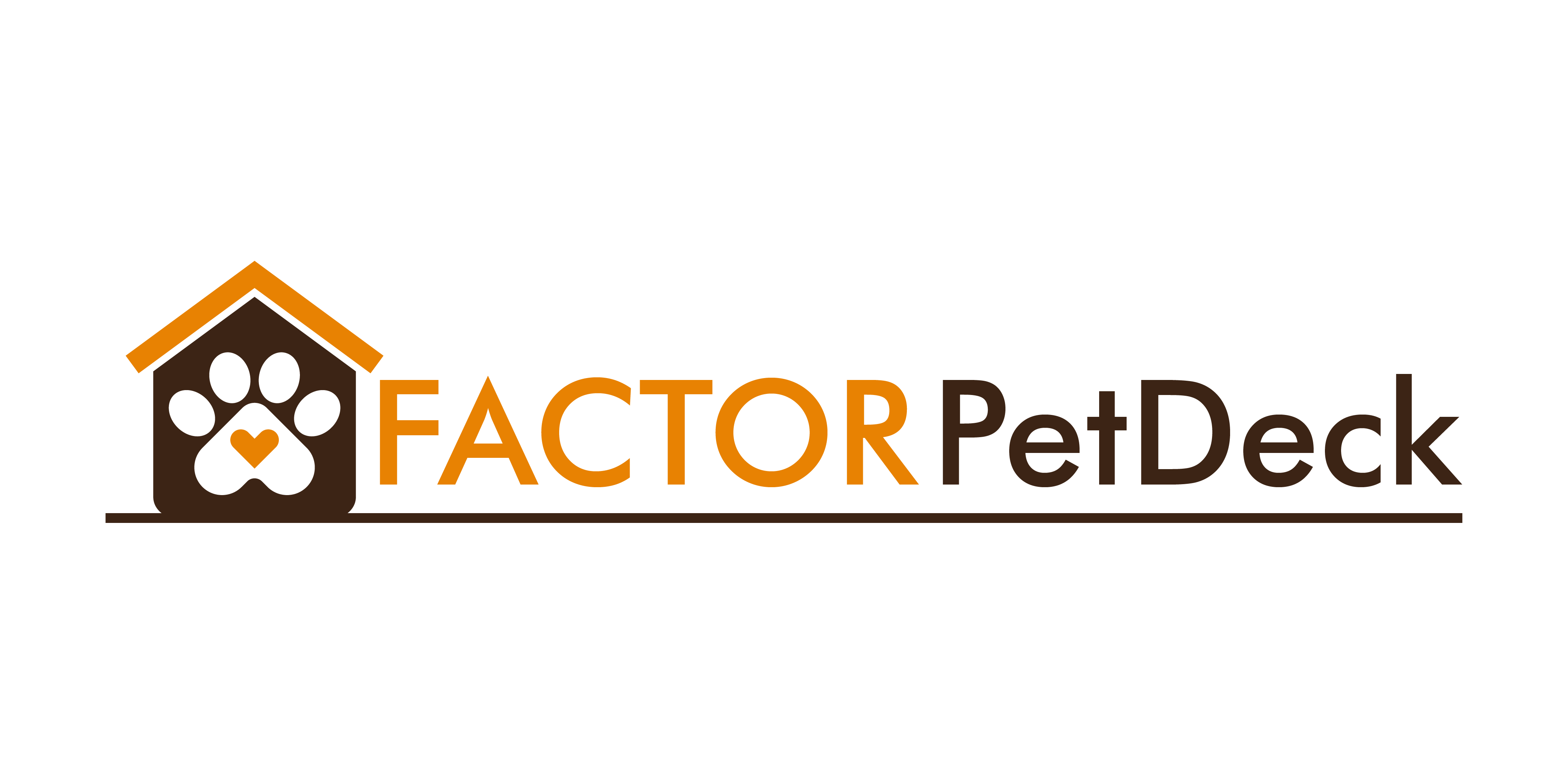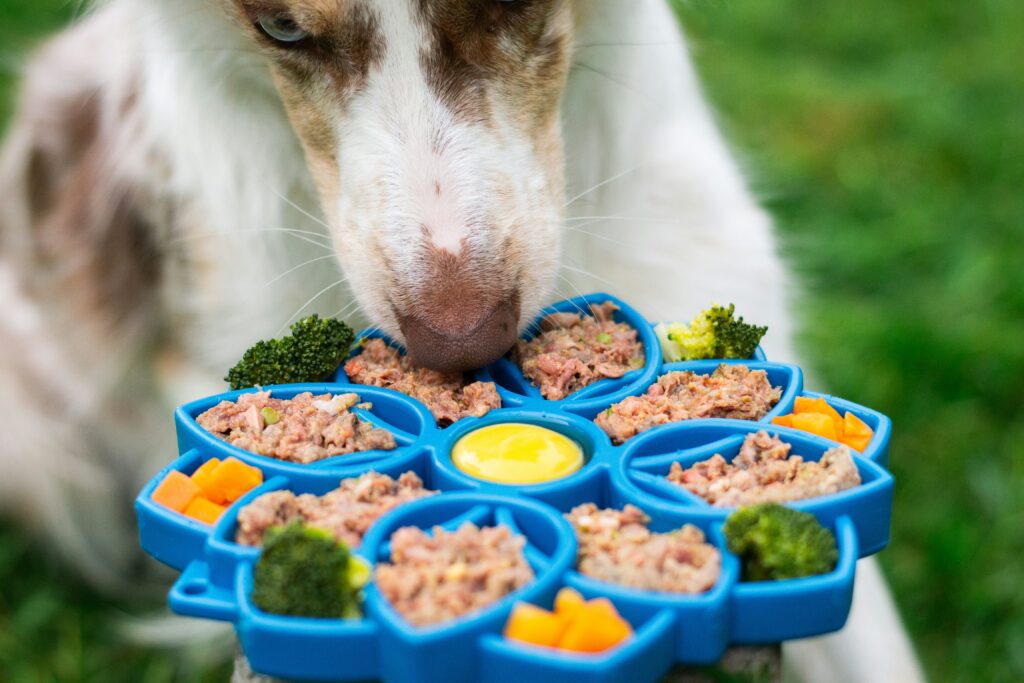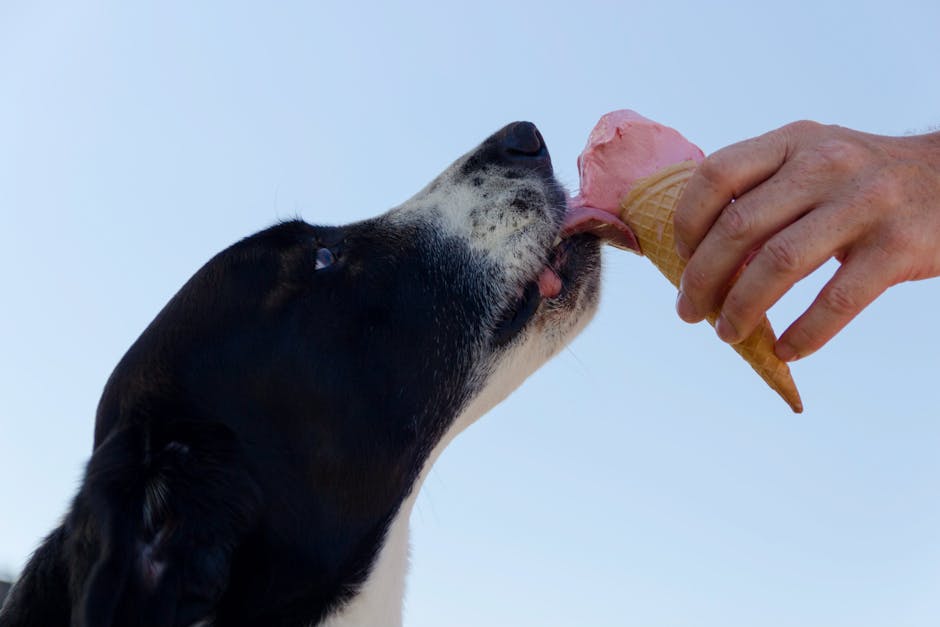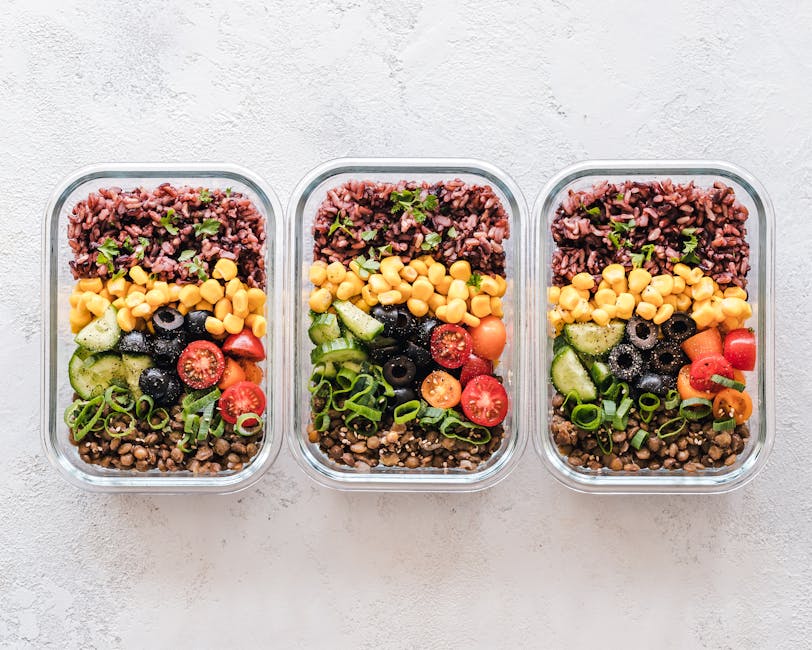Why Consider Homemade Pet Food?
Making your own pet food isn’t just a trendy move; it’s about control. You know exactly what’s going in the bowl—no weird byproducts, no mystery fillers, no vague “meat meal.” It’s transparent, it’s tailored, and you skip the long shelf life preservatives common in mass-market brands.
A lot of owners turn to DIY pet food because of health issues. Maybe the store-bought stuff is causing allergies or digestion problems. Maybe your vet flagged weight concerns or nutrient gaps. Sometimes it’s about trust—pet food recalls have made some people think twice about big-brand packaging.
But it’s not a fit for everyone. Homemade pet food takes time, planning, and often a bit of expert input. If you’re batch cooking every Sunday anyway, it might slot into your routine. But for the chronically overbooked or folks who just want convenience, it can get overwhelming fast. And doing it wrong—like skipping key nutrients—can harm your pet way more than a mid-grade commercial food ever would.
In short: homemade pet food can be a smart move if you’re prepared to do it right. Know your why, know your pet, and don’t wing it.
Know Your Pet’s Nutritional Needs
Dogs and cats might both sleep on your couch, but when it comes to food, they’ve got dramatically different needs. Dogs are omnivores—they can handle a mix of meats, grains, and vegetables. Cats? Not so much. They’re obligate carnivores, meaning meat isn’t optional, it’s non-negotiable. A cat’s body simply won’t thrive without key nutrients found only in animal products, like taurine and arachidonic acid.
No matter the species, some fundamentals apply. Pets need the right balance of protein, fats, vitamins, and minerals. Calcium and phosphorus are crucial for bone health. Omega-3s support skin and coat. B vitamins keep metabolism humming. If you’re skipping any of these, your pet might let you know—just not always in obvious ways.
Watch out for subtle signs your pet’s diet might be lacking: a dull coat, low energy, itchy skin, digestive issues, or changes in weight. These signals often creep up slowly but speak volumes. That’s why it’s key to design meals with precision, not guesswork.
For pet owners ready to go deeper into making balanced meals at home, check out this guide: Creating a Balanced Diet for Your Pet.
Choosing the Right Ingredients
Making homemade pet food isn’t just about throwing chicken and rice in a bowl. The ingredients you choose—and how you balance them—can make or break your pet’s long-term health.
Start with protein. Yes, dogs and cats need it, but not all meat is equal. Lean meats like turkey and chicken (boneless, skinless) are solid. Organ meats—like liver or kidney—can add nutrient density, but go easy; too much can throw things off. Avoid fatty cuts or processed meats with sodium and preservatives. And for cats, animal-based protein is non-negotiable. They won’t thrive on plant-based substitutes—period.
Next up: carbs, fats, and fiber. These aren’t filler—they serve real functions. Brown rice, oats, or sweet potatoes can provide energy. Good fats like fish oil or flaxseed support coat health and brain function. Fiber helps digestion, but it’s not one-size-fits-all. Puppies may need more calories, seniors may need fewer carbs and more joint support. A Chihuahua doesn’t eat like a Lab. Health conditions? Even more reason to dial it in with your vet.
When it comes to fruits and veggies, there are winners and hard no’s. Blueberries, carrots, green beans, cooked pumpkin—these are safe and add nutrients. But onions, garlic, grapes, raisins, and some mushrooms? Off the table. Pets digest differently than humans, so play it safe. If you’re not sure, don’t guess.
Finally, even the best homemade meals often miss some key pieces. That’s where supplements come in. Think calcium for bone health, taurine for cats, multi-vitamins if your meal plans vary. Food alone might not cut it, especially over time. A nutritionist or vet can flag what extras are truly needed.
Done right, the ingredients you choose aren’t just fuel—they’re medicine.
Safe Food Prep Practices
When it comes to making homemade pet food, how you prep matters almost as much as what you use.
Raw vs. Cooked: Pros and Cons
Raw food gets praise for being “natural,” but it comes with serious risks—mainly bacteria like salmonella that can harm both pets and humans. Cooking meat can cut down on those risks and improve digestibility, but it may reduce some nutrients if not done right. Choose based on your pet’s health needs and your comfort with handling raw ingredients. If in doubt, cook it.
Cross-Contamination: Keep It Clean
Use separate cutting boards, tools, and bowls for your pet’s food prep. Wash hands, surfaces, and utensils thoroughly after handling raw meat, especially with raw diets. This isn’t just about your pet—it’s about your own food safety too.
Portion Control: Don’t Guess
Eyeballing doesn’t work. Overfeeding leads to weight issues, underfeeding leaves pets lacking in essentials. Use a kitchen scale. Measure everything. Track calories. Your pet isn’t a garbage disposal—they need precision just like we do.
Safe Storage: Prep Smart
Homemade food doesn’t have preservatives, so storage is key. Refrigerate portions for up to three days. Freeze the rest in clearly dated, portioned containers. Batch cooking works well, but label everything and use freezer-safe bags or glass containers. Defrost in the fridge—never on the counter.
Cook, clean, and measure like it matters—because for your pet, it does.
Common Mistakes to Avoid
Making your own pet food sounds noble—and it can be. But it’s also where good intentions meet preventable problems. Mistake number one? Skipping the vet. A quick chat with your veterinarian or a certified animal nutritionist can save you from accidentally underfeeding critical nutrients, overloading on the wrong ones, or missing signs of an underlying condition.
Then there’s the issue of recipes. Not all sources are created equal. That blog you found with cute photos and no credentials? Maybe don’t build your pet’s entire diet off it. Pets have different metabolisms, and recipes made by random internet folks can cause more harm than health.
Feeding table scraps is another misstep. Just because something is healthy for you doesn’t mean it’s safe for them. Grapes, onions, some nuts, and even too much garlic can be toxic. When in doubt, check—it’s not worth the risk.
And finally, listen to your pet. If they’re itching more, shedding excessively, or suddenly sluggish, that new fancy DIY meal might not agree with them. Food sensitivities are real. Ignoring them doesn’t make them go away. The fix? Stay observant, be honest about what’s working, and adjust with professional input when needed.
Transitioning Your Pet to Homemade Food
Switching your pet to homemade food isn’t a one-day job—and rushing it is a recipe for trouble. Start slow. Mix the new food with the old, increasing the homemade portion gradually over 7 to 10 days. This gives your pet’s digestive system time to adjust and reduces the risk of stomach issues like vomiting or diarrhea.
Keep a close eye on the basics: weight, coat quality, and energy levels. Too much weight loss, dull fur, or a sudden energy slump might signal that the new diet isn’t hitting the mark. On the flip side, improvements in those areas show you’re onto something good. Either way, documenting changes makes it easier to tweak the recipe if needed.
And don’t skip the vet. Regular check-ups—ideally every 6 months—help catch nutrient gaps before they cause real health problems. Bloodwork can flag deficiencies early, especially as your pet ages and their dietary needs shift. Homemade diets offer a lot of control, but that control comes with responsibility. Stay alert and let data—behavioral and biological—guide your decisions.
Final Takeaways
Homemade pet food isn’t something you wing. It’s consistent effort, planning, and understanding what your pet needs—not what you think they need. If you’re not ready to take the time to get it right, you’re better off sticking with well-formulated commercial pet food. Mistakes here don’t just reduce health benefits, they can cause serious harm over time.
The smartest move you can make? Bring in a pro. A vet or pet nutritionist can help tailor meals to your animal’s breed, weight, age, and unique health factors. Even one consultation can save you weeks of trial and error.
Done correctly, homemade food gives your pet better energy, fewer allergies, and a longer, healthier life. It’s one of the most impactful changes a pet owner can make. But it’s not a shortcut. It’s a commitment to doing better—day in, day out.




